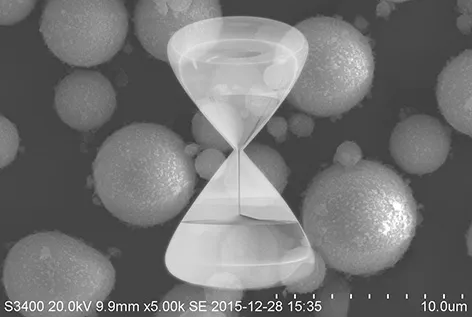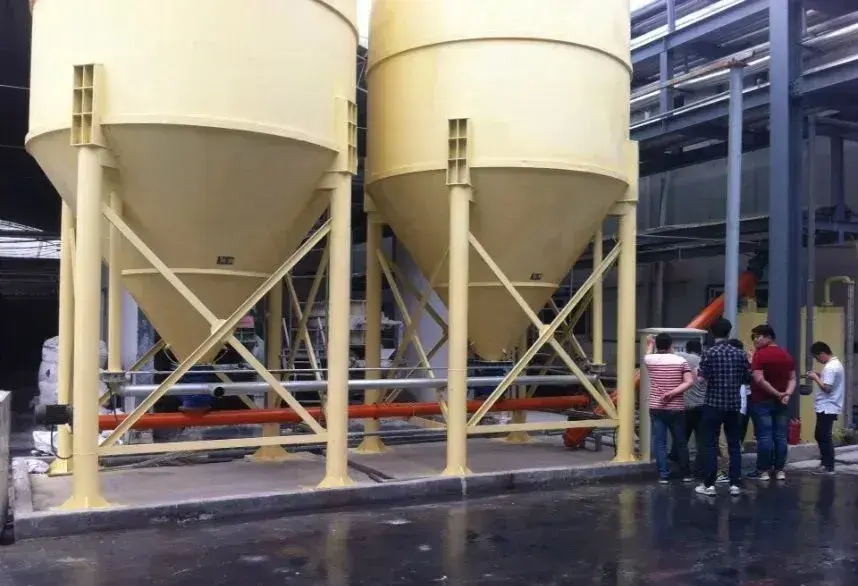Due to differences in usage and preparation methods across various industries, superfine powders are classified in several ways. A more reasonable classification is as follows:
- Micropowder: Particle size of 3–20 μm
- Ultrafine powder: Particle size of 0.2–3 μm
- Sub-ultrafine powder: Particle size below 0.2 μm down to the nanoscale
In the processing of metallic or non-metallic minerals, powders with a particle size smaller than 10 μm are generally considered ultrafine powders.
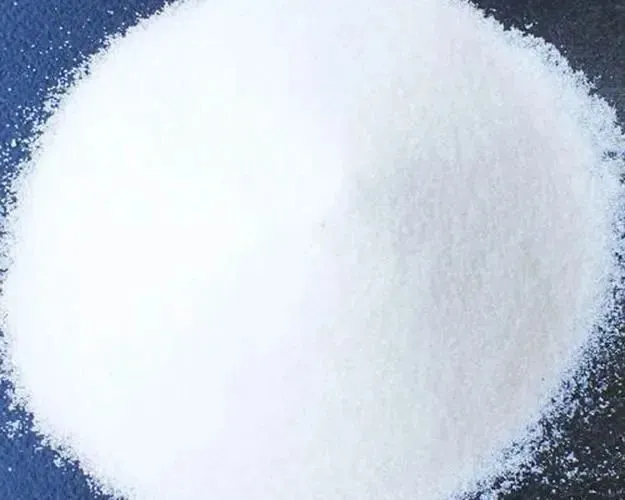
Unique Properties of superfine Powders
Superfine powders possess many distinctive characteristics, summarized as follows:
- Large specific surface area
- High reactivity
- Strong magnetism
- Low melting point
- Excellent light absorption properties
- Low sintering temperature
- Good thermal conductivity
- High strength of the sintered body
Application Fields and Involved Industries
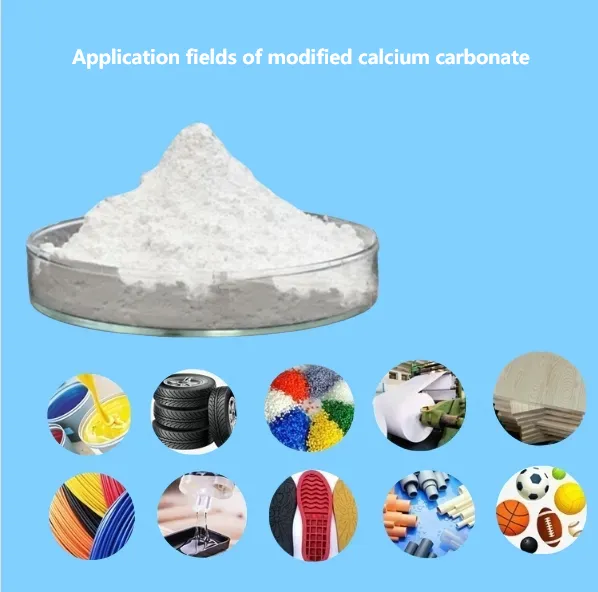
- Mining: Crushing and grinding of metallic ores; fine and deep processing of non-metallic minerals; utilization of low-grade minerals; extraction of valuable elements from tailings.
- Metallurgy: Powder metallurgy, mechanical alloying, processing of metallurgical raw materials, utilization of metallurgical slags, production of hard alloys.
- Agriculture: Grain processing, fertilizer production, powdered pesticides, soil improvement, beverage additives, artificial rainfall nucleating agents.
- Machinery: Grit, foundry molding sand, micro-abrasives, superhard materials, solid lubricants.
- Rubber: Solid fillers, reinforcing materials, functional fillers, recycling of waste rubber products.
- Plastics: Preparation of plastic raw materials, reinforcing fillers, powder-based plastic products, plastic coatings.
- Papermaking: Pulp preparation, paper fillers, ultrafine pulp for coating paper, fibrous reinforcing fillers.
- Printing: Ink production, bronze powders, inkjet printer inks, laser printing and photocopy toners.
- Pharmaceuticals: Powders, tablets, injections, fine processing of traditional Chinese medicine, drug carriers, spray medications.
- Food: Grain processing, health foods, food additives, flavoring agents.
- Pigments: Azo pigments, phthalocyanine series pigments, iron oxide series pigments.
- Chemicals: Raw material processing, coatings, paints, catalysts.
- Environmental Protection: Ultrafine calcium carbonate for desulfurization, recycling of solid wastes, various powder-based wastewater treatment agents.
- Electronics: Electronic pastes, electronic encapsulation materials, integrated circuit substrates, electronic coatings, phosphors, ferrites.
- Advanced Ceramics: Fine treatment of raw materials, functionally graded materials, metal-ceramic composites, particle surface modification.
- Construction Materials: Cement, production of building ceramics, composites.
- Energy: Pulverized coal combustion, solid rocket propellants, coal-water slurry.

Preparation Methods of superfine Powders
There are many methods for preparing ultrafine powders, categorized based on the physical state of materials into: solid-phase methods, liquid-phase methods, and gas-phase methods.
Solid-phase Methods
- Mechanical milling
- Ultrasonic pulverization
- Thermal decomposition
- Explosive method
Liquid-phase Methods
- Precipitation method
- Alkoxide method
- Carbonyl method
- Spray drying
- Freeze-drying
- Electrolysis
- Chemical coagulation
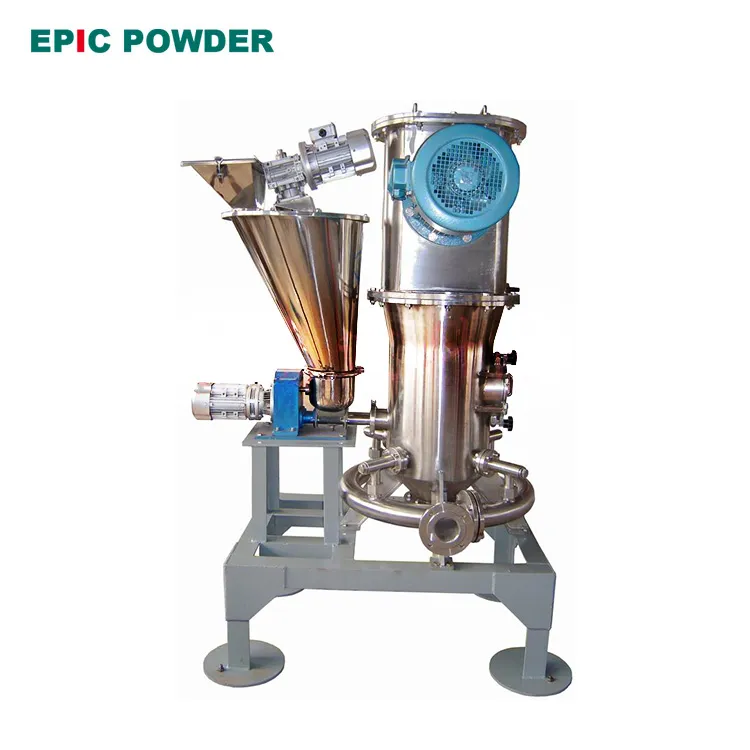
Gas-phase Methods
- Gas-phase reactions
- Plasma method
- High-temperature plasma method
- Evaporation
- Chemical vapor deposition (CVD)
From the perspective of preparation principles, ultrafine powder production methods can be mainly divided into two categories:
- Chemical Methods
- Physical Pulverization
Currently, the most widely used methods in industry are mechanical pulverization and liquid-phase chemical precipitation.

Advantages of the Liquid-Phase Method
- Produces superfine powders with small particle sizes, narrow particle size distribution, good morphology, and high purity.
Disadvantages of the Liquid-Phase Method
- Low production yield
- High cost
- Complex processes
This method is mostly limited to the preparation of special functional materials, such as ultrafine rutile-type titanium dioxide powder, ultrafine magnetic iron oxide powder, etc.

Advantages of the Mechanical Pulverization Method
- High production capacity
- Low cost
- Simple process
- During grinding, mechanochemical effects are generated, which can enhance the activity of the powder.
Disadvantages of the Mechanical Pulverization Method
- The purity, fineness, and morphology of the product are not as good as those obtained through chemical methods.
This method is suitable for large-scale industrial production, such as in the deep processing of mineral products.
Therefore, physical pulverization is currently the primary method for preparing superfine powder materials.
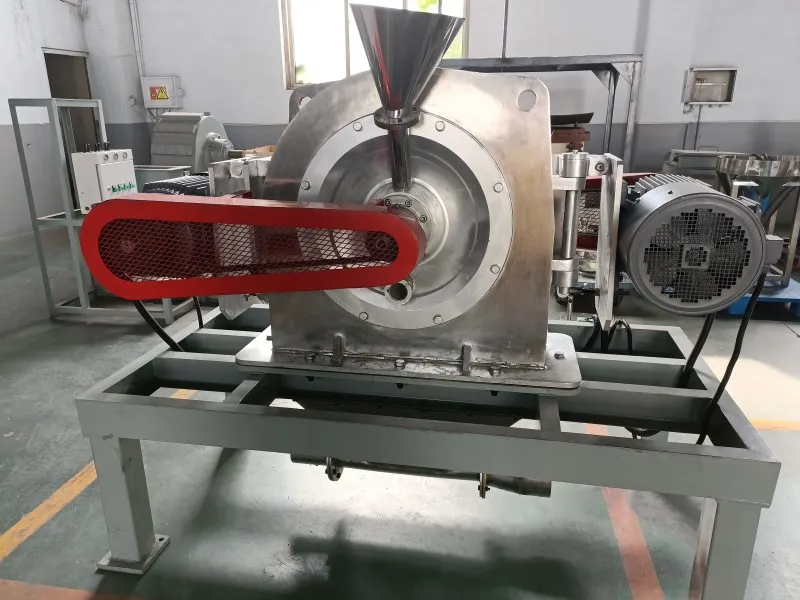
Ultrafine Grinding Equipment
Common types of ultrafine grinding equipment include:
- Vibration mills
- Jet mills
- Air classifier mills
- Stirred mills
- Ball mills
- Turbo mills
- High-pressure jet pulverizers
- Roller mills
- Tower mills
Ultrafine Processing Technology Design
- Open-Circuit Flow
Typically used with flat-type, disk-type, or circulating pipe-type jet mills that have self-classification functions. This process flow is commonly adopted for such mills. - Closed-Circuit Flow
Commonly applied in continuous grinding operations using ball mills, stirred mills, high-speed mechanical impact mills, and vibration mills. - Open-Circuit Flow with Pre-Classification
When the feed contains a large proportion of already qualified ultrafine particles, this process can reduce the load on the grinder, lower energy consumption per unit of ultrafine product, and improve operational efficiency. - Closed-Circuit Flow with Pre-Classification
This configuration helps to increase grinding efficiency, reduce energy consumption, and control the particle size distribution of the final product. - Open-Circuit Flow with Final Classification
One or more classifiers are installed after the grinder, allowing the production of two or more products with different fineness levels and particle size distributions. - Open-Circuit Flow with Both Pre- and Final Classification
This combination process not only separates some qualified fine particles in advance to reduce the load on the grinder, but also enables final classification to produce multiple products with varying fineness and particle size distributions.
conclusion
As research on ultrafine powder materials continues to deepen, their range of applications will become increasingly extensive. Exploring new processes, new methods, and a new generation of ultrafine grinding equipment to obtain high-purity, low-cost ultrafine powders remains an important and ongoing challenge in the field of powder engineering.
epic powder
Epic Powder, 20+ years of work experience in the ultrafine powder industry. Actively promote the future development of ultra-fine powder, focusing on crushing,grinding,classifying and modification process of ultra-fine powder. Contact us for a free consultation and customized solutions! Our expert team is dedicated to providing high-quality products and services to maximize the value of your powder processing. Epic Powder—Your Trusted Powder Processing Expert !
